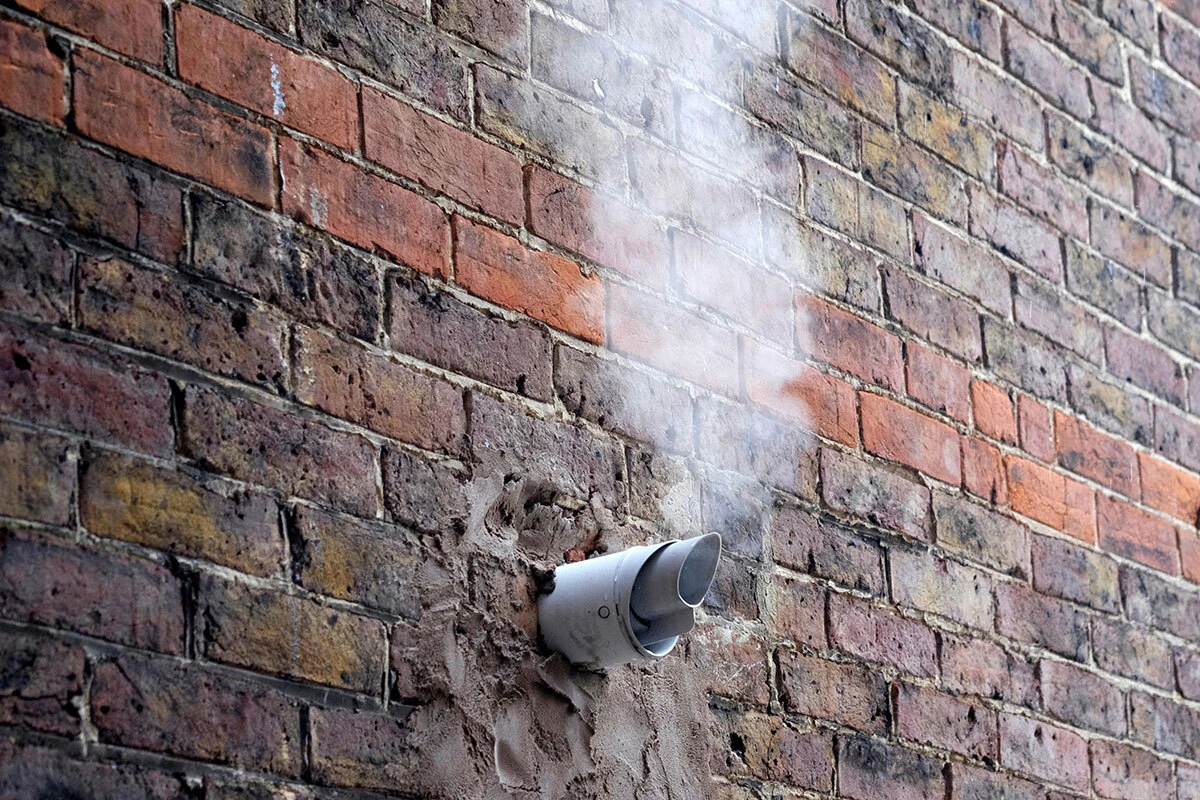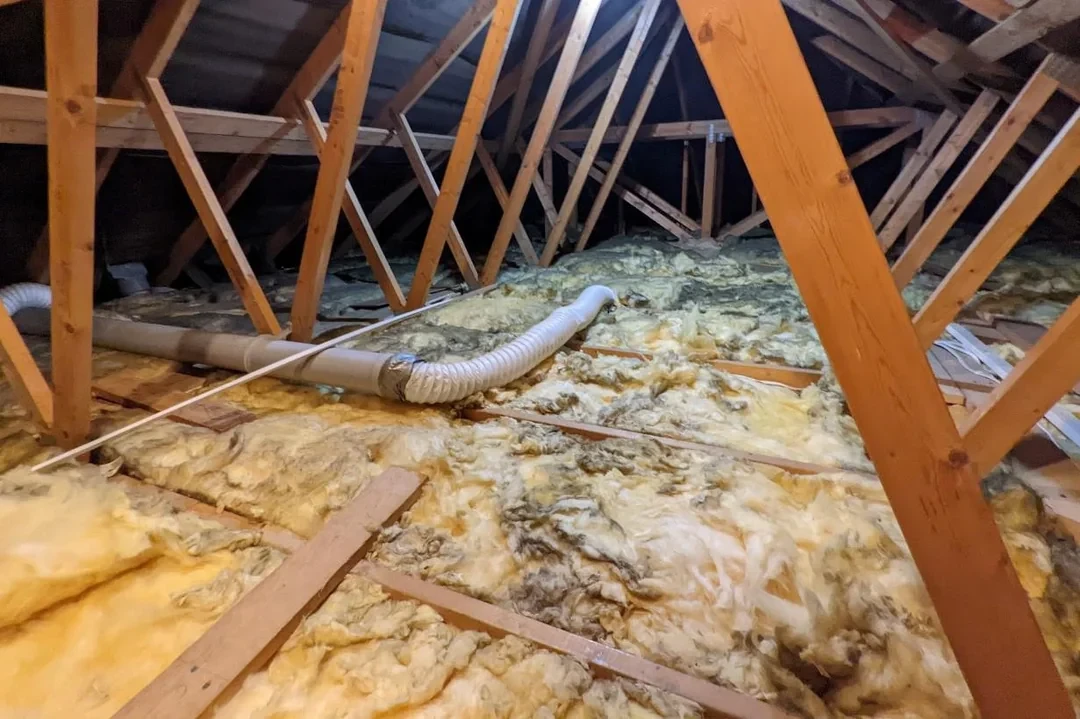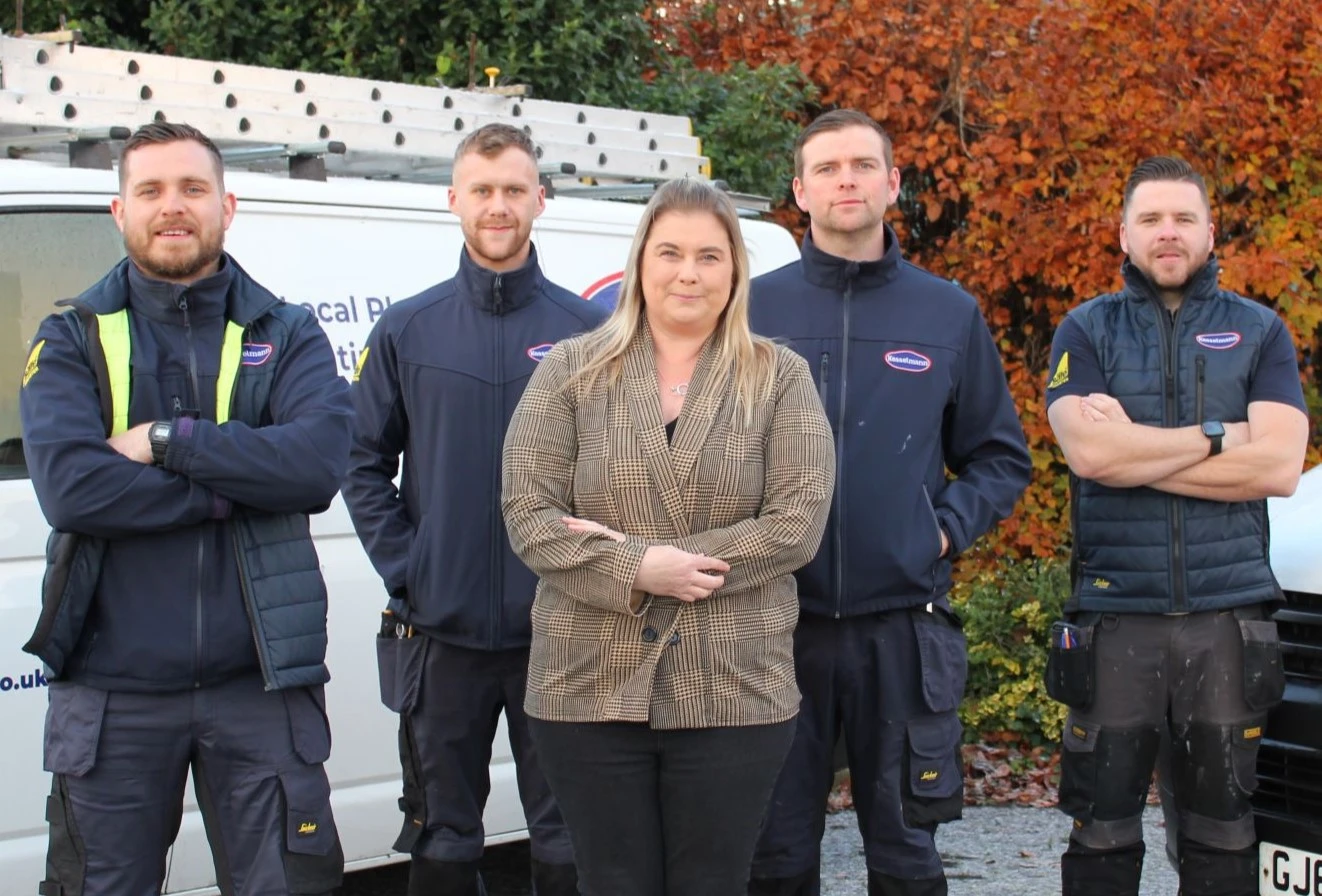15/02/2025

Low water pressure is a common frustration for many UK households, impacting everything from showering to appliance performance. Cold water accumulators offer a practical solution, particularly for those with combi boilers or shared mains supplies.
Let's explore how these devices work, debunk common misconceptions, and provide essential guidance for UK homeowners.
What is a Cold Water Accumulator?
A cold water accumulator is essentially a pressurised storage tank designed to enhance water flow, rather than directly increase pressure. It's a key component for addressing low incoming water pressure, especially in heating systems. Imagine it as a reserve tank that supplements your mains supply when demand is high.
These tanks consist of a steel vessel divided into two chambers by a flexible diaphragm. One chamber is pre-charged with compressed air, while the other is connected to your water system. This design allows for the storage and release of water as needed.
How They Function:
When you open a tap or activate an appliance, water initially flows from the accumulator. As the pressure within the tank drops, a pressure switch may trigger your water pump (if installed). The pump then replenishes the tank, maintaining a consistent flow. Once demand ceases, the pump continues until the accumulator reaches its pre-set pressure, effectively recharging the system.
Debunking the Pressure Myth:
It's crucial to understand that cold water accumulators do not increase water pressure. They enhance water flow. Here's the difference:
Standing Pressure: The pressure when no water is being used.
Working Pressure: The pressure when water is flowing.
Accumulators bridge the gap between these two, ensuring that your system operates closer to its standing pressure, even when multiple outlets are in use. They supplement the flow, not the pressure itself.
Combi Boilers and Accumulators:
Yes, you can absolutely use a cold water accumulator with a combi boiler. This is particularly beneficial in properties with poor flow rates. The accumulator enables your boiler to operate at its maximum flow capacity, preventing interruptions when multiple outlets are used simultaneously.
Installation Considerations in the UK:
Location: Accumulators come in various sizes and styles, including models suitable for external installation (garages, sheds). Consider the available space and pipework requirements. Horizontal installation may be possible with specific models.
Regulations:
A check valve must be installed on the mains supply.
A 3.5 bar pressure reducing valve is required if the pressure exceeds 5 bar.
The air pressure inside the accumulator is typically set at 2 bar but may need adjustment (1-1.5 bar below mains pressure, minimum 0.5 bar with manufacturer consultation).
Oversizing the accumulator is crucial, especially with low mains pressure or shared supplies.
Shared Mains: Yes, accumulators can be installed on shared mains, but thorough pressure and flow tests are essential, and oversizing is recommended.
Pipework: it is important to ensure the pipework is adequate to handle the flow rate of the accumulator.
Key Benefits for UK Homes:
Consistent Flow: Enjoy a steady water supply, even with multiple outlets in use.
Improved Combi Boiler Performance: Ensure your boiler operates at its maximum efficiency.
Reduced Pump Cycling: Extend the lifespan of your pump and reduce energy consumption.
Enhanced Shower Experience: Maintain a consistent shower flow, regardless of other water usage.
Reliability During Mains Interruptions: The accumulator provides a reserve of water, even during mains outages.
Environmental Friendliness: No power consumption, no noise, and minimal maintenance.
Suitable for low pressure areas: Ideal for rural areas.
Final Thoughts:
Cold water accumulators are a valuable solution for addressing low water pressure and flow issues in UK homes. By understanding their function and installation requirements, you can enhance your water system's performance and enjoy a more comfortable and reliable water supply.













